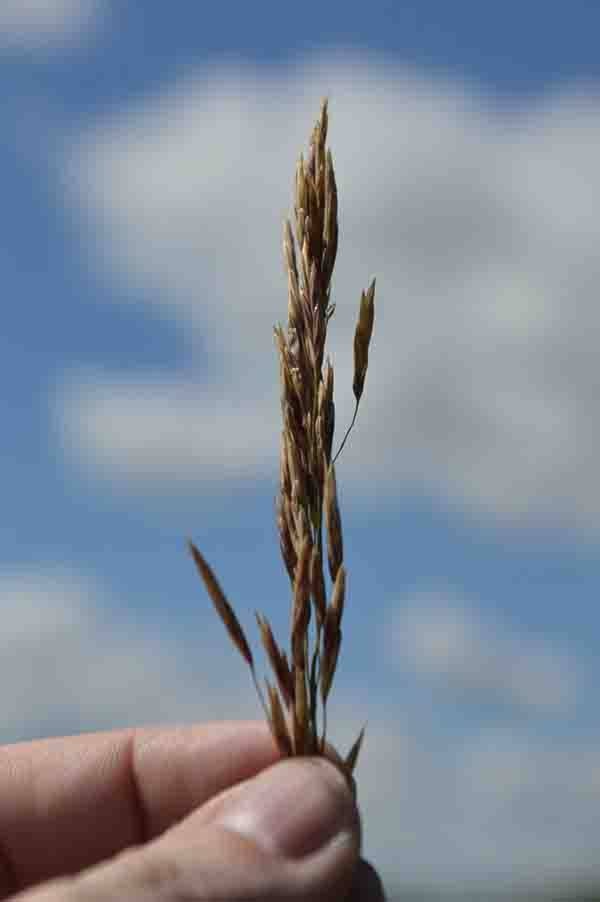Severe drought conditions have contributed to what one municipal staff member has called the worst crop conditions in Leduc County for years.
Garett Broadbent, director of agriculture services for Leduc County, also said the council declared a local state of agriculture emergency at a special meeting Tuesday, July 21.
Broadbent travels the county regularly and is as familiar as anyone with the state of crops, hay and pastures in the municipality. He said the current state is terrible.
Last spring things looked different, he noted. To start off at seeding time moisture levels were low, but there was some optimism among producers, as groundwater levels at that time weren’t too bad. “But we were really banking on those June rains,” said Broadbent by phone June 15.
That’s about the time certain crop like cereals and canola really start to get going. The June rains didn’t show up, and Broadbent said that put a lot of people in the agriculture industry on alert.
By that time pastures and hay lands were really starting to suffer too, he said. “The hay lands are terrible to say the least,” said Broadbent. He estimated that the hay lands are at about 25 per cent of what they’d normally be at this time of year.
“Nothing is growing. If you haven’t had to cut your lawn for three weeks, the same has to hold true for crops,” he said.
Broadbent said he’s been poring over weather data from various records and said, for example, Thorsby area May to July of 2012 received 290 ml of rain, about nine inches, and this year so far the same area has had about 60 ml. “That sort of puts it in perspective,” he said. “It’s not good.”
To make matters worse, Broadbent said there have been reports of grasshoppers in the eastern parts of the municipality, around Warburg and heading east. Grasshoppers love hot, dry conditions which allow more of their eggs to hatch.
Broadbent said he’s heard talk in the farm community that guys have been selling down their beef herds. The price of beef is hovering around all-time highs, and many producers must be weighing the price of beef against what the feed situation is going to look like next winter. The value of a cow right now is good. “Actually, very good value for those animals,” said Broadbent.
With the deplorable state of hay and pasture, one more problem is that the drought isn’t limited to just Alberta. Broadbent said producers in B.C. and Saskatchewan are also suffering, so come winter there’s going to be a demand for feed. “There are going to be feed shortages,” said Broadbent. “We are going to be short. If we don’t get any significant rain, those pastures won’t recover.”
Crop insurance practices may be able to help, though. A crop insurance claim typically requires the producer to harvest the crop based on the average value for that product, and this year, Broadbent noted, AFSC, the crop insurance corporation, will hopefully look at alternative uses, such as feed, for those crops.
Broadbent said the Leduc County council declared a local state of agriculture disaster Tuesday, July 21. Essentially, the declaration will draw attention to the plight of producers in the area and encourages both the provincial and federal governments to plan accordingly. Broadbent noted drought recovery programs have been available in the past. Leduc County has made similar declarations in 2002 and 2009. Two other municipalities, Mackenzie and Parkland, have already declared agriculture disasters.
“This area is one of the driest areas in the whole province,” he said.
